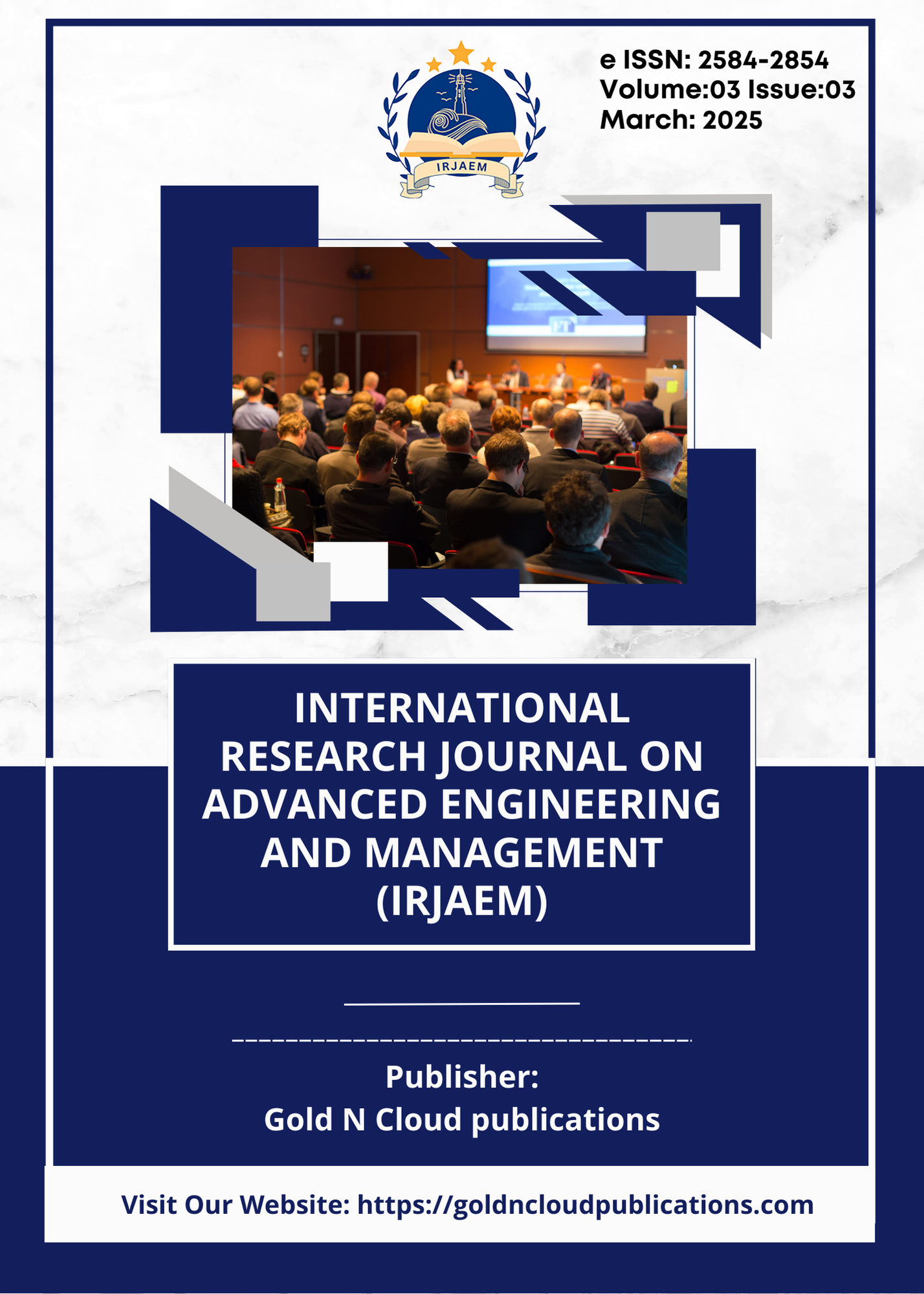Integration of Membrane Bioreactors in Wastewater Treatment Plants: Opportunities and Challenges
DOI:
https://doi.org/10.47392/IRJAEM.2025.0060Keywords:
operational guidelines, the emergence of standardized design, high capital and maintenance costs, efficient and unobtrusive treatment option, achieve high-quality effluent, Treatment plants (TPs), Membrane Bioreactors (MBRs)Abstract
The integration of membrane bioreactors into municipal wastewater treatment plants is presented as a research topic. The escalating demand to comply with stringent effluent discharge limits and to adopt green water management approaches has fueled a surge in the interest of implementing membrane bioreactors (MBRs) in treatment plants (TPs). MBRs are an attractive alternative for effective wastewater treatment because it integrates biological treatment with membrane filtration processes to achieve high-quality effluent. This abstract presents some findings and issues of how MBBR can be used in treatment works for wastewater.
The introduction of MBRs in wastewater treatment plants provides a range of benefits including high effluent quality, reduced sludge production, and improved water reuse potential. MBRs can also be used as an efficient and unobtrusive treatment option, being suitable in the urban context with limited land. In addition, MBRs are easily adaptable to current infrastructure for treatment, offering them a practical upgrade solution for existing systems. Nevertheless, the incorporation of MBRs also poses many difficulties such as high capital and maintenance costs, membrane fouling and cleaning, and special operating knowledge requirement. However, the hurdles must be overcome in order to make the benefits of MBR integration into the wastewater treatment plants compelling. In order to address the challenges, continuing developments in membrane technology, process optimization and cost reduction approaches are required. Such initiatives are best achieved by collaborative research and development by academia, industry and government agencies. Moreover, the emergence of standardized design and operational guidelines may assist in the dissemination of MBRs in treatment plants. In general, the incorporation of MBRs to wastewater treatment plants promises a solution for environment sustainable water management and treatment and, through continuing research and development, will serve an important function in addressing the water quality challenges of the future.
Downloads
Downloads
Published
Issue
Section
License
Copyright (c) 2025 International Research Journal on Advanced Engineering and Management (IRJAEM)

This work is licensed under a Creative Commons Attribution-NonCommercial 4.0 International License.


 .
. 